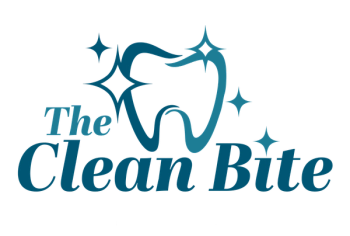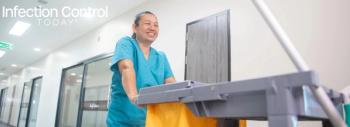
Occupational Skin Exposures and Diseases Take Toll on the Workplace
The National Institute for Occupational Safety and Health (NIOSH) has estimated that workplace skin diseases account for 15 percent to 20 percent of all reported occupational diseases in the United States, with estimated total annual costs (including lost workdays and lost productivity) up to $1 billion. NIOSH adds that skin exposures to chemicals can cause a wide array of injuries and illness including contact dermatitis, immune-mediated responses, and irreversible damage to the skin. Despite the relatively high incidence of contact dermatitis and other workplace skin diseases, the impact and risk of skin contact with chemicals and other hazardous agents are not well known, hampering the recognition and prevention of these disorders. Additionally, skin contact represents a significant route of exposure for chemicals that have the potential to be percutaneously absorbed and subsequently cause systemic effects including, but not limited to, acute toxicity, cancers, neurotoxicity, and effects on the reproductive system.
In a recent NIOSH Science Blog, Scott Dotson, PhD, an industrial hygienist in the NIOSH Education and Information Division, and Garrett Burnett, MS, MBA, a health communications specialist in the NIOSH Education and Information Division, explain that, "Skin can suffer direct, sensitizing, or systemic effects when exposed to hazardous chemicals. Direct exposure can corrode, irritate, bleach, or stain skin. Dermal exposure to chemicals such as nickel, glutaraldehyde, and chromium may sensitize the skin, causing or contributing to the onset of allergic contact dermatitis (ACD) or other immune-mediated responses, such as airway hyper reactivity (asthma). Many commonly used chemicals in the workplacepesticides, organic solventscan be absorbed through the skin and potentially result in systemic toxicity. These agents enter the blood stream and cause health problems away from the site of entry. While our skin is marvelous, clearly it's no suit of armor." They add, "But dermal exposures in occupational settings are frequently overlooked. Traditionally inhalation has been perceived as the most "important" route of entry when addressing chemical exposures within the workplace. Inhalation exposuresfumes, noxious gasestend to be more obvious threats than their dermal counterparts. As a result, sampling methods have been developed, personal protective equipment has improved, and occupational exposure limits have been established for numerous chemicals. These, however, are almost exclusively intended to protect workers from inhalation hazards, while skin contact is often seen as a secondary exposure route. In reality, occupational skin diseases are among the most frequently reported workplace maladies, more so even than respiratory cases, both in the United States and Europe."
Dotson and Burnett report that
Newsletter
Stay prepared and protected with Infection Control Today's newsletter, delivering essential updates, best practices, and expert insights for infection preventionists.




